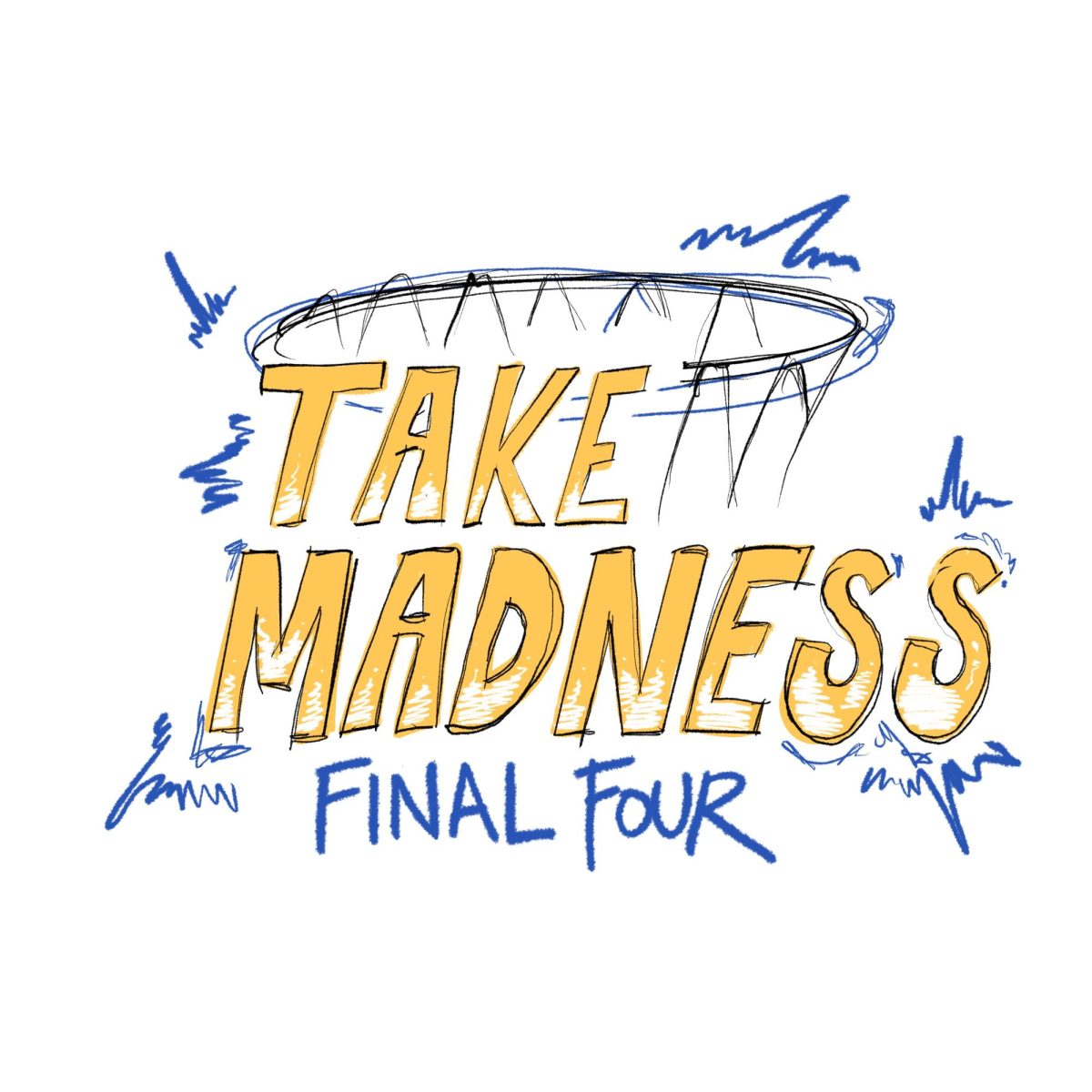Theatre puts ‘Burgh in ‘Nutcracker’
December 12, 2010
“The Nutcracker”
Pittsburgh Ballet Theatre
Benedum… “The Nutcracker”
Pittsburgh Ballet Theatre
Benedum Center
Now-Dec. 26
Tickets: $20.75-$90.75
Pitt Arts Tickets: $13.75-$17.50
When it comes to holiday traditions, few have been as enduring in the United States as “The Nutcracker.”
“[‘The Nutcracker’] is just one of those feel-good Christmastime stories,” said Nicholas Coppula, a corps dancer at the Pittsburgh Ballet Theatre. Because many people already know the story, “even [those] who are not familiar with ballet can get something out of the show.”
One of the most popular ballets of all time, “The Nutcracker” enters the imagination of Clara (or Marie, depending on the performance), who dreams on Christmas Eve that her new toy nutcracker has transformed into a prince from the Land of Sweets. After fending off an attacking horde of life-size mice, the prince takes Clara to his kingdom, where the Sugar Plum Fairy has been ruling in his stead.
“The Nutcracker” is perhaps most famous for its divertissement, which features a sequence of dances adapted from around the world. These scenes offer the most virtuosic dancing sections of the ballet and feature many of the most famous elements of Tchaikovsky’s musical score, which were also made popular by Walt Disney’s 1940 animated classic “Fantasia.”
“‘The Nutcracker’ has been famous for a long time … ever since William Christensen and George Balanchine made it hugely successful in the ’40s and ’50s,” said the theater’s artistic director Terrence Orr.
Christensen, who has been widely credited with the resurgence of American ballet, brought the first full-length version of “The Nutcracker” to American audiences in 1944. The production featured original choreography by Christensen and premiered in San Francisco. Ten years later, Balanchine choreographed a version of the ballet in New York that is still performed every year. “The Nutcracker” was originally choreographed by Russian choreographer Lev Ivanov in 1892.
Many companies have tried to differentiate their own performances of “The Nutcracker.” In 2002, Orr choreographed his own version for Pittsburgh Ballet Theatre.
“I wanted to bring something new to Pittsburgh. I wanted to add more dancing and more narration of the story, including nuances of the city,” he explains. “There are at least 347 nuances about Pittsburgh in our ‘Nutcracker.’”
Many of them involve set design. From the Macy’s clock which hangs above the stage and keeps time during the performance, to a Heinz delivery truck from 1906 that spells “Pittsburgh” without the “h,” to an image of the Stahlbaum mansion that appears to have been plucked straight out of Shadyside, Pittsburgh Ballet Theatre’s rendition of the ballet invokes allusions to Yinzer culture.
Orr also sets theater’s version apart in other ways.
“[He] puts a lot of emphasis on the party scene, which I really like,” said soloist Eva Trapp, who will perform the parts of Marie, the Snow Queen, the Sugar Plum Fairy and others throughout the season.
Orr also likes to change small aspects of the ballet from year to year, modifying choreography in certain places and adding new effects. This season, the company is especially excited about a new element of magic in the production involving a pirate who jumps out of a stack of gift boxes. Even though the pirate is dressed in standard pirate habiliments, he is meant to be a reference to the Pittsburgh Pirates.
The Pittsburgh details are important because “The Nutcracker” is a special part of the theater’s repertoire.
“It’s our largest production … It’s part of how a lot of families celebrate the holiday season,” said Associate Nutcracker Brand Manager Mandy Wilson. This year, the theater will offer 17 performances, which is well above average for a single ballet (their last production, “The Three Musketeers,” had four). She said that the production was also weathering the lackluster economy. Ticket sales for “The Nutcracker” are up 6 percent from last year, and the company has added two more performances to its schedule.
Because “The Nutcracker” draws a more family-oriented crowd than the theater’s other ballets, the company participates in a lot of family-oriented events throughout Pittsburgh. For instance, two weeks ago, at the Phipps Conservatory, the company offered short performances of the divertissement and pas de deux by students from the theater’s ballet school. Not only does this get families excited about the upcoming season, Wilson observed, but “it gives our younger students a chance to gain more performance experience.”
While it is said that some ballet companies must rely on “The Nutcracker” to maintain a sufficient revenue stream, Wilson was unable to offer information about whether this is true for at Pittsburgh Ballet Theatre, or whether the theater makes a net gain from “The Nutcracker.” She did say, however, that the majority of its total income is endowment-related, with about 40 percent earned income coming from ticket sales and its school.


